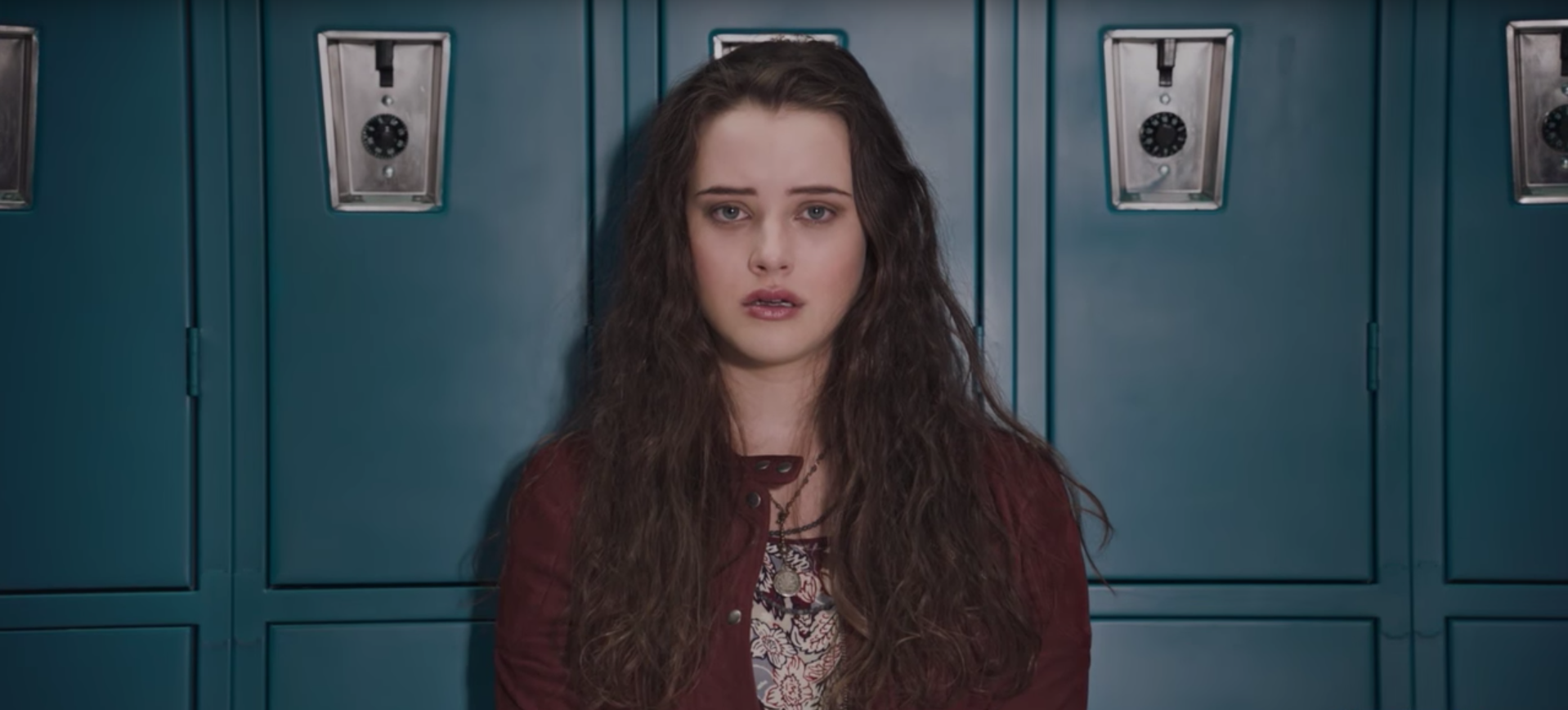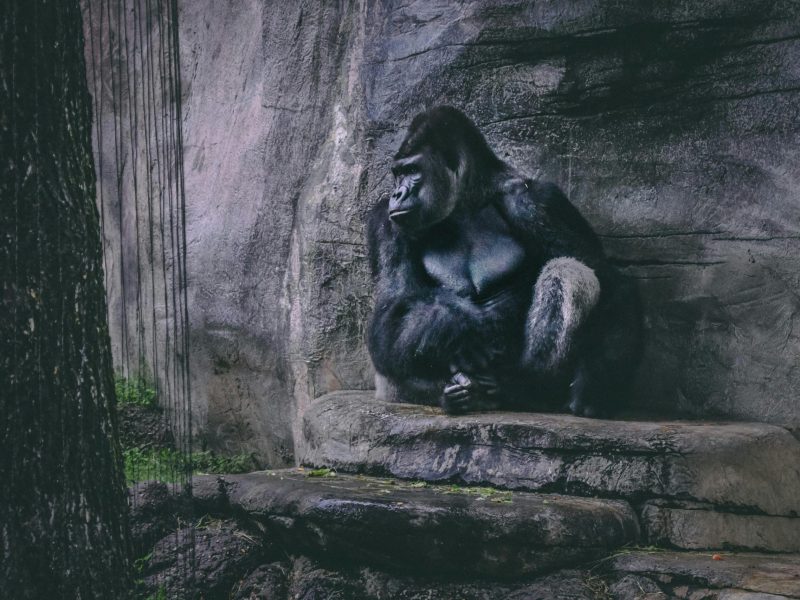I was 13 when I first picked up Jay Asher’s young adult novel, Thirteen Reasons Why. I remember really having to convince myself to start reading the emotionally-charged pages. Even today I can’t fully explain why I even started to read it. I knew the subject matter focused on a young teenage girl committing suicide and that the reasons for her suicide would be laid out in full detail for me to witness. In some ways I knew her story would negatively affect me, yet I began to read anyway.
I remember debating with my mom about the subject, arguing that it was important for me to learn about these mature subjects. My argument was based on the fact that the book itself was actually an advocate for suicide prevention, highlighting the multiple ways the tragic event could have been avoided. Her response was one that, until quite recently, I’d actively dismissed: “Your entertainment is derived from another person’s pain. That darkness can be dangerous.”
In essence, Thirteen Reasons Why is a story about blame. Hannah Baker is a high school student who commits suicide before the story even begins. She leaves behind 13 cassette tapes, each of which containing a reason why she decided to kill herself. These cassettes are posthumously passed around to each of the people who influenced Hannah’s decision, ultimately holding each person responsible for their actions.
On Jan. 25, Netflix dropped its first teaser trailer for its television adaptation of Asher’s bestseller. The hype surrounding 13 Reasons Why was pretty high to begin with, especially since it was revealed that Spotlight director Tom McCarthy would be directing a couple episodes and that Selena Gomez would be acting as executive producer for the project. With the series set to air on March 31, there’s still a while before we’ll actually get to see it. Rather than waiting in anticipation, potential viewers could call to question the delicacies surrounding the project. Namely, is it really okay to visually bring to life the story of a girl who ended hers?
For many, suicide is not a new topic of discussion. According to a report from the CDC, “the national suicide rate across all demographics is at an almost 30-year high.” That number is highest among teenagers, as “more than three times as many teens are killing themselves now than in the 1950s.” It’s also been long established that suicide can be contagious, especially among younger populations. In 2014, The New York Times reported, “analysis suggests that at least 5 percent of youth suicides are influenced by contagion.”
Intentional or not, a television show like 13 Reasons Why is bound to glamorize suicide. The story is presented as a semi-disturbing adventure for the book’s protagonist, Clay. He’s the one who receives the package with Hannah’s tapes, and it’s up to him to listen to her story and piece together her suicide. He’s taken all over their small town, retracing the steps Hannah took in order to understand her point of view. There’s a certain amount of romanticism in that, almost as if it’s a quest he must complete in order to pay tribute to the deceased girl. I don’t believe it was Asher’s intention to glamorize Hannah’s suicide, but it can definitely be taken that way.
There’s also something to be said about seeing the actions of the story play out on screen. It’s too early to say whether or not we’ll actually get to witness the acts that led to Hannah’s death, but if that’s the case, there are bound to be numerous cases of bullying, emotional manipulation and sexual harassment in store. According to Psychology Today, when we watch someone perform an action, “our brains mirror what’s unfolding before us as if we were part of the scene, even if we are just sitting passively on the sidelines.” Watching the events of 13 Reasons Why unfold is bound to elicit a more emotional reaction than reading them, again raising the concern of copycats following in Hannah’s footsteps.
The topic of suicide is one that’s hard for many people to face. Nobody wants to think about a young girl feeling so helpless she decides to cut her life short. And while art is usually a place to bring these topics to the forefront, in this case the harm might outweigh the good. It’s important to talk about suicide, there’s no denying that. But those conversations should be constructive, and happen in a safe place built on support, not tragedy. And they certainly shouldn’t be passed off as something as light as entertainment. After all, that darkness can be dangerous



